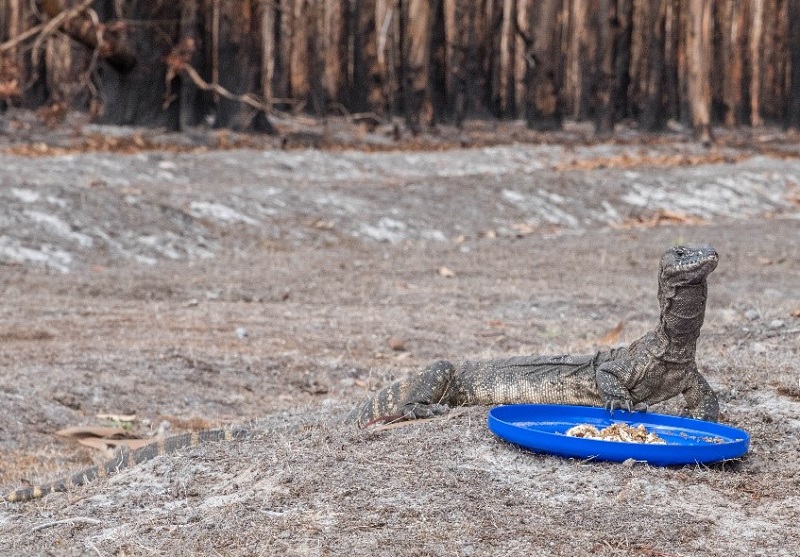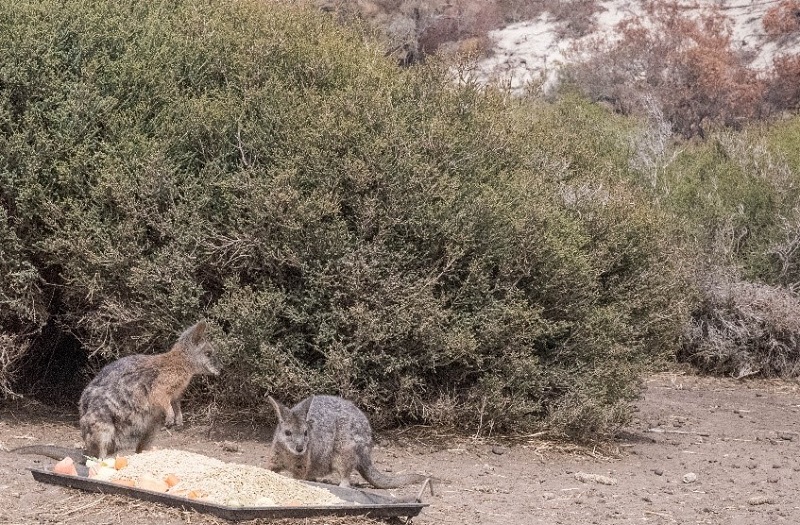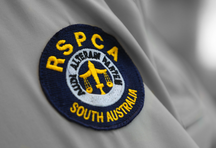Island wildlife starting to fend for itself – RSPCA SA program shifts gear to wean animals off supplementary feed
March 31, 2020Two months after it began, RSPCA South Australia’s supplementary feeding program to support wildlife on Kangaroo Island is refocussing efforts to encourage native animals to forage for themselves.
Funded entirely by donations to RSPCA South Australia’s Bushfire Appeal, the program’s mission is to protect native animals from starvation after bushfires in January destroyed their habitats. The fires burned about 200,000 hectares of land, almost half the island, including prime wilderness areas such as Flinders Chase National Park.
According to RSPCA South Australia’s Field Operations Manager Melanie Lambert, who is coordinating the program from Kingscote, there are increasingly positive signs that animals are finding their own food as habitats regenerate.
“In areas where the habitat is starting to grow back, we are very slowly reducing the amount of feed we are giving them, so that they will have to source food from elsewhere,” Ms Lambert said.
“We are also starting to reduce the attractiveness of what is on offer by providing pellets only, not the wet food they really love like carrots, sweet potato and corn.
“It’s tough, but we have to be a bit mean to be kind – we don’t want animals to rely long-term on the supplementary feed we’re providing.”
The nine volunteers assisting each week with the program are also reducing the number of times they replenish feed at some feeding stations, returning to sites every three days instead of every two.
There are currently 83 active feeding stations set up around the north, south and west ends of the island, in areas where there is still insufficient natural feed to support the wildlife population.
Volunteers have adapted work practices to accommodate the social distancing safety measures resulting from the Covid-19 pandemic. Only one person is able to travel in each vehicle and two vehicles are required to attend at each site visit to ensure personal safety while working in remote locations.
However, volunteers who are members of the same family are able to travel together, with some of them using their own vehicles. All current volunteers are Kangaroo Island residents.
According to Ms Lambert, the regeneration of habitat is taking place at different rates in different areas.
“There is still a lot of ash covering the ground in some areas, and it will be when Kangaroo Island finally receives a decent amount of rain that we will see the habitat start to recover much more quickly.”
While the teams are not coming across animals suffering burns now, they are still rescuing native animals in need of veterinary care. Among them was a wallaby that was found stuck in mud on the outskirts of Flinders Chase National Park earlier this month.
“The poor little girl must have been trying to get to water, and it’s just lucky that we came along in time,” Ms Lambert said.
Sadly, a joey in her pouch had not survived the ordeal, but the wallaby made a full recovery at the Kangaroo Island Wildlife Park. After she was vet-checked, rested and fed, RSPCA South Australia volunteers released her in the same location that they found her.

Goannas and wallabies are among the native animals benefitting from RSPCA SA’s supplementary feeding program on Kangaroo Island.




